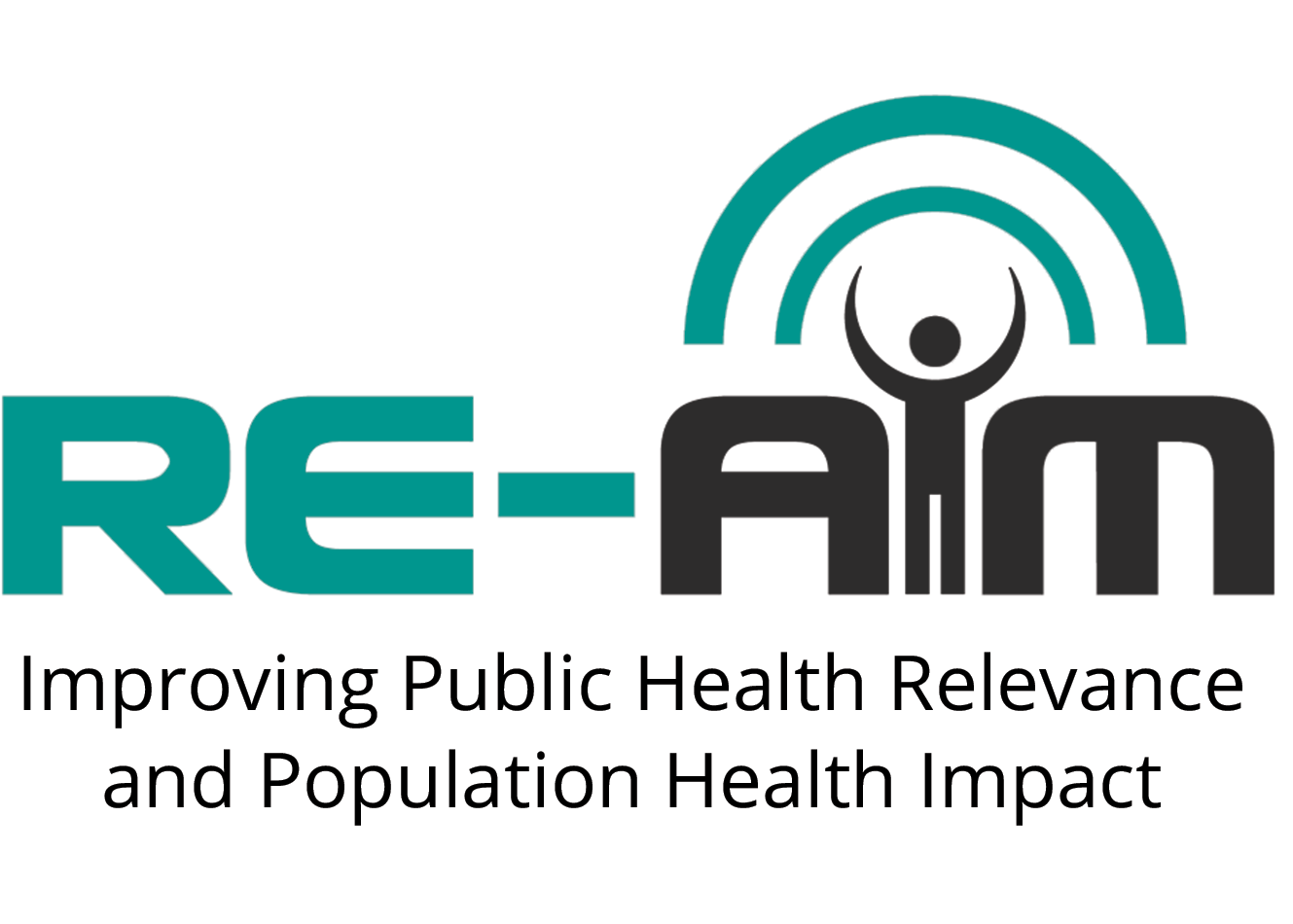Why Use RE-AIM?
How well does research translate into practice? Is demonstrating effectiveness/efficacy enough?
The development of effective interventions is clearly a priority among scientists interested in health promotion and the prevention of chronic diseases. There are standard methods for determining if an intervention was or was not effective.
In recent years there have been questions raised regarding the necessity of evaluating other factors associated with these interventions. Issues such as robustness, translatability and public health impact have been identified as critical, yet they have been given relatively little attention when compared to the reporting of the effect of a given intervention.
In contrast to the availability of information regarding intervention efficacy, and effectiveness, there is no widely-available systematic framework to evaluate potential for translation and public health impact. To fill the research-practice gap, Russ Glasgow and his associates designed an evaluation framework to expand assessment of interventions beyond efficacy to multiple criteria that may better identify the translatability and public health impact of health promotion interventions, and that balances the emphasis on internal and external validity.
They proposed that the translatability and public health impact of such initiatives is best evaluated by examining all five of the following dimensions:
- Reach into the target population
- Effectiveness or efficacy
- Adoption by target staff, settings, systems and communities
- Implementation – consistency and cost of delivery of intervention
- Maintenance/sustainment of intervention effects in individuals and settings over time.
Why are both individual- and institutional-levels of impact important?
Individual-Level Impact
Reach and effectiveness are individual-levels of impact whereas adoption and implementation are organizational-levels of impact. Maintenance/sustainment can be both an individual- and an organizational-level of impact. It is pertinent to evaluate both levels because each provides valuable independent information of intervention impact.
Take, for example, a school-based intervention that has a large impact in terms of reach and effectiveness at the individual-level but is only adopted, implemented, and maintained at a small number of organizations with specific resources that are not available in typical “real-world” schools.
Institutional- or Setting-Level Impact
If only the individual dimensions of the framework were used to evaluate the intervention described here, it would be concluded that the intervention has a large potential for impact. In reality, this intervention has little hope of resulting in a large public health impact because it could not be adopted, implemented, and maintained in real-world settings.
This is also true of the converse situation where an intervention has systemic organizational adoption, implementation, and maintenance, but little reach, effectiveness, or maintenance at the individual-level. Again, if only one level was assessed (i.e., the organizational level), the impact of the intervention would be considered large even though there is no individual-level reach, effectiveness, or maintenance.
